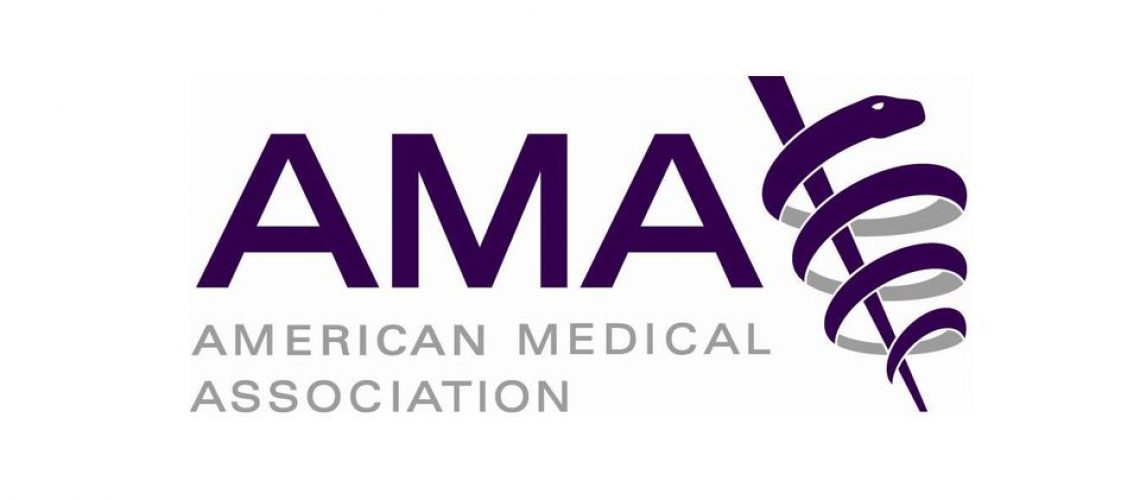Sea Chen, MD, PhD, remembers when his practice’s business office failed to notify others in the clinic about some denied claims and the reasons behind them.
“Because of this, we had a bunch of digging to do before we found our problem,” said Dr. Chen, the AMA’s physician director for practice sustainability. The practice could have avoided this scenario if it had a better system for monitoring payer decisions of submitted claims.
Physician private practices can prevent such miscues by following eight critical steps of revenue cycle management. Dr. Chen joined Taylor Johnson, the AMA’s manager for physician practice development, for a webinar outlining implementation of these steps.
The webinar is part of the AMA Private Practice Simple Solutions series of free, open-access rapid-learning cycles that provide opportunities to implement actionable changes that can immediately increase efficiency in private practices. Registration is required, and a second webinar featuring a Q&A took place earlier this month.
In the webinar, the AMA’s experts offered advice on each of these eight areas that physician private practices should be targeting to improve their revenue cycle management.
Patient registration
Verification and updates of existing information should take place for all patients before their appointment. Errors can happen if there is an incorrect or missing date of birth, incorrect payer information or insurance identification number or a missing middle initial.
“It’s important to ensure accuracy at this point,” said Johnson.
Insurance verification
This is when administrative staff from the practice contacts the patient’s insurance company to verify active policy, physician network status, visit and procedure coverage, prior authorization, and patient responsibility. Failure to verify insurance benefits leads to claim denials and lost revenue.
Patient check-in, check-out
Communication between the front desk staff and whoever handles the prior authorizations or referrals for the practice is key, said Johnson.
“It’s important that the practice identifies a workflow for the two departments to easily communicate this information to each other so that when the patient checks in the front desk, staff knows exactly where to look to ensure that the insurance was verified, and access any other information related to copayments or deposits that need to be collected at the time of the appointment,” she added.
Medical billing and coding
Billing and coding teams should ensure that all required elements are documented in the patient chart to bill for specific services, said Johnson. For example, each Current Procedural Terminology (CPT®) code must be associated with a diagnosis code.
The administrative team should ensure that the CPT codes are associated with the correct diagnosis code as listed in the chart. They should also be working with physicians to make corrections on any discrepancies. Any changes need physician approval.
“Coding errors are the most common reason claims are denied. It’s crucial to go through this step before the claims are even created,” she said.
Claim preparation and submission
The billing team should verify that they’re not sending incomplete or incorrect claims to the practice’s clearinghouse—an institution that electronically transmits different types of medical claims data to insurance carriers, and then electronically transmits reimbursement information from insurance carriers to the facility or physician practice. Different insurance companies require different information on claims to process them.
“It’s important that the billing staff understands what information each company requires. Incomplete or incorrect claim forms will result in a claim rejection or denial and just delay reimbursement for services longer than needed,” said Johnson.
Monitoring payer decisions
Once the claims have been submitted to the clearinghouse, it’s important that the practice monitors payer decisions regarding those claims. The first step is to ensure that claims were submitted to the clearinghouse, and that there aren’t any claims in an unsubmitted or equivalent status.
“Once you’ve addressed those unsubmitted claims, look at any claims that are in a payer denied payer rejected or clearinghouse denied or rejected status,” said Johnson. This means that the claim had an error that needs to be addressed before you can resubmit.
Preparing patient bills, statements
The practice will receive electronic remittance advice or an explanation of benefits from the insurance company that explains what was covered for each of the CPT codes on the claim, what the patient is responsible for, and if any of the CPT codes were denied or rejected, and why.
Patient statements are generated through the practice’s workflow and sent to patients for payment. The practice should verify insurance payments and adjustments are applied correctly to the patient’s account before statements are generated and sent. To avoid payment delays, it should identify a regular and frequent schedule for generating and sending patient statements.
Managing payments and collections
The practice should regularly monitor the accounts receivable reports to identify issues with payments and collections.
Dive deeper on revenue cycle management and the other essentials to start, sustain or grow your operations with the recently updated “AMA Private Practice Playbook.”
The playbook is enduring material and designated by the AMA for a maximum of one AMA PRA Category 1 Credit™️. It is part of the AMA Ed Hub™️, an online learning platform that brings together high-quality CME, maintenance of certification, and educational content from trusted sources, all in one place—with activities relevant to you, automated credit tracking, and reporting for some states and specialty boards.
It takes astute clinical judgment as well as a commitment to collaboration and solving challenging problems to succeed in independent settings that are often fluid, and the AMA offers the resources and support physicians need to both start and sustain success in private practice.
——————————————————
Originally Published On: AMA
Photo courtesy of: AMA
Follow Medical Coding Pro on Twitter: www.Twitter.com/CodingPro1
Like Us On Facebook: www.Facebook.com/MedicalCodingPro







